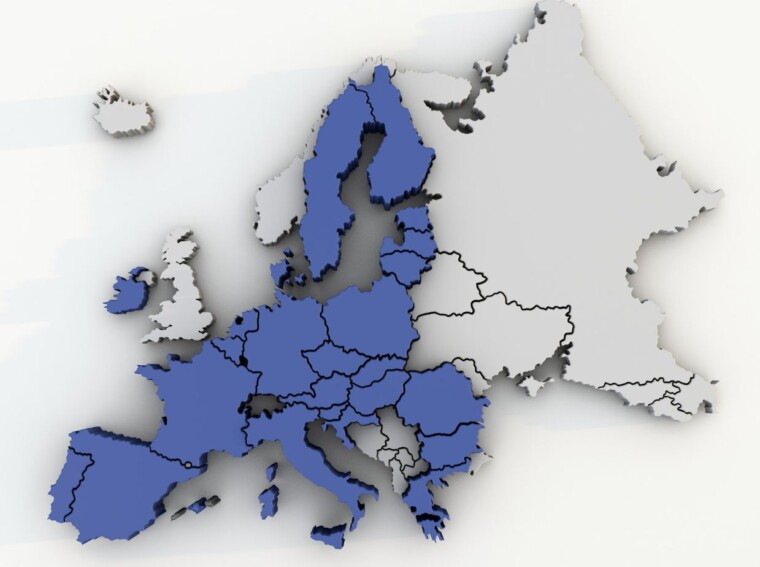European Union Definition Ap Human Geography
The European Union is a fascinating subject in the field of AP Human Geography. As a geographer, I am constantly intrigued by the complex dynamics and interactions that shape our world. In this article, I will delve into the definition of the European Union from an AP Human Geography perspective, exploring its geographical significance, political structure, and economic integration. Join me as we unravel the intricacies of this supranational organization and gain a deeper understanding of its impact on the European continent and beyond.
The European Union, often referred to as the EU, is a unique entity that transcends traditional notions of nation-states. It is a political and economic union of 27 member countries, spanning across Europe. From the bustling streets of Paris to the picturesque landscapes of Greece, the EU encompasses a diverse range of cultures, languages, and histories. In this article, I will discuss the geographical factors that have influenced the formation and expansion of the European Union, shedding light on the spatial patterns and connections that have shaped its development.
Political Structure of the European Union
The European Union (EU), from an AP Human Geography perspective, is not just a geographical entity but also a complex political structure. Understanding the political framework of the EU is essential to grasp its significance in the field of human geography.
- Supranationalism
At its core, the EU is founded on the principle of supranationalism, which means that decisions are made by institutions that have authority over member nations. This allows for a pooling of sovereignty, where each member willingly shares a degree of their national sovereignty in order to promote collective decision-making and cooperation. The supranational character of the EU sets it apart from traditional intergovernmental organizations.
- Institutions and Decision-Making
The EU is composed of several key institutions that play different roles in the decision-making process. These institutions include:
- The European Commission: The Commission acts as the executive body of the EU, responsible for proposing and implementing policies and laws.
- The European Council: Comprised of the heads of state or government of EU member countries, the Council sets the general political direction of the EU.
- The European Parliament: As the directly elected body, the Parliament represents the citizens of the EU and participates in the legislative process.
- The Council of the European Union: The Council represents the governments of member countries and shares legislative and budgetary decision-making powers with the Parliament.
- The Role of Regions
In addition to these institutions, the EU recognizes the importance of regional governance. Regions within member states are given a voice through the Committee of the Regions, which provides a platform for regional authorities to participate in the EU’s decision-making process. This recognition of regional governance helps to bridge the gap between the supranational and the local, facilitating cooperation and integration at different spatial scales.
- Democratic Deficit
One area of criticism regarding the EU’s political structure is the concept of the democratic deficit. Critics argue that decision-making power within the EU is heavily concentrated in unelected institutions, thereby limiting direct democratic control. The EU has made efforts to address this issue by increasing the role of the European Parliament and enhancing transparency in decision-making processes.
Economic Integration in the European Union
The European Union (EU) is widely recognized for its significant impact on economic integration. As a region, the EU has fostered extensive cooperation and collaboration among its member states, resulting in the creation of a single market known as the European Single Market. This market enables the free movement of goods, services, capital, and labor, leading to increased trade and economic growth across Europe.
One of the key pillars of economic integration within the EU is the removal of barriers to trade. Through the establishment of the single market, the EU has eliminated tariffs, quotas, and other restrictions on trade within its borders. This has created a more favorable environment for businesses to expand their activities and access a larger consumer base. Additionally, the single market has prompted the harmonization of regulations and standards, simplifying cross-border transactions and reducing costs for businesses.
The EU has also implemented common economic policies and initiatives to further enhance economic integration. For instance, the Eurozone, comprised of 19 EU member states, shares a common currency, the euro. This has facilitated cross-border trade and investment by eliminating currency exchange costs and risks. Moreover, the EU’s common agricultural policy supports farmers and promotes agricultural production across the region.
The benefits of economic integration in the EU extend beyond trade and commerce. It has also led to the development of regional clusters and specialization. Certain regions within the EU have become known for their expertise and competitiveness in specific industries. For example, Germany is renowned for its engineering and automotive sectors, while the Netherlands excels in agriculture and logistics. This specialization and clustering of industries have resulted in increased regional economic strengths and cooperation among member states.
The EU’s commitment to economic integration has been a driving force behind its success. By establishing a single market, removing trade barriers, implementing common policies, and encouraging specialization, the EU has fostered economic growth and prosperity for its member states. The continued expansion and deepening of economic integration within the EU will undoubtedly shape the future of Europe’s economic landscape.

